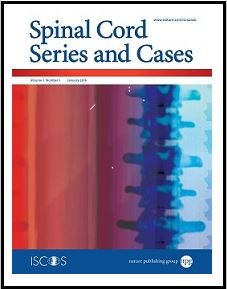
“The endocannabinoid signalling system was discovered because receptors in this system are the targets of compounds present in psychotropic preparations of Cannabis sativa. The search for new therapeutics that target endocannabinoid signalling is both challenging and potentially rewarding, as endocannabinoids are implicated in numerous physiological and pathological processes. Hundreds of mediators chemically related to the endocannabinoids, often with similar metabolic pathways but different targets, have complicated the development of inhibitors of endocannabinoid metabolic enzymes but have also stimulated the rational design of multi-target drugs. Meanwhile, drugs based on botanical cannabinoids have come to the clinical forefront, synthetic agonists designed to bind cannabinoid receptor 1 with very high affinity have become a societal threat and the gut microbiome has been found to signal in part through the endocannabinoid network. The current development of drugs that alter endocannabinoid signalling and how this complex system could be pharmacologically manipulated in the future are described in this Opinion article.”







